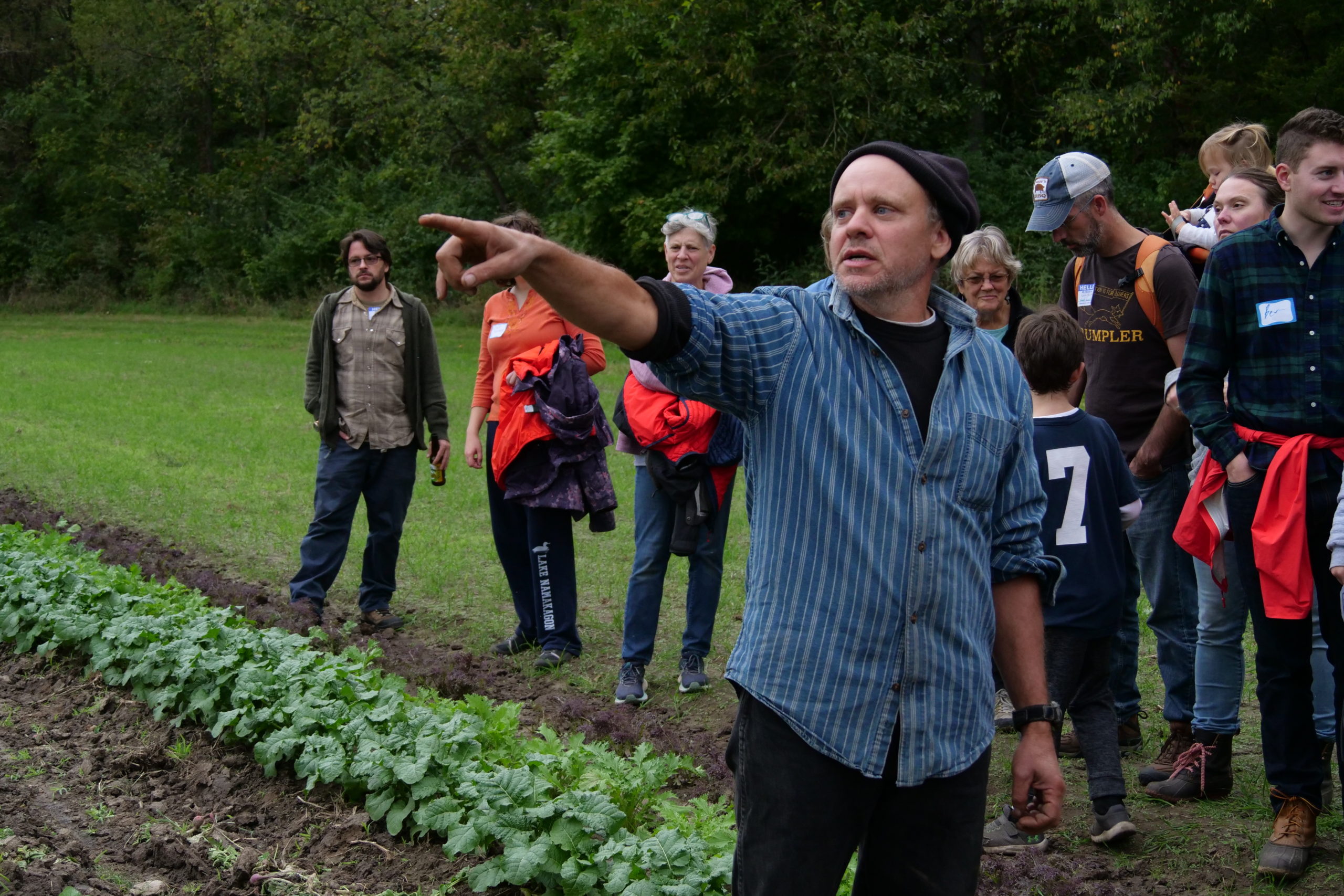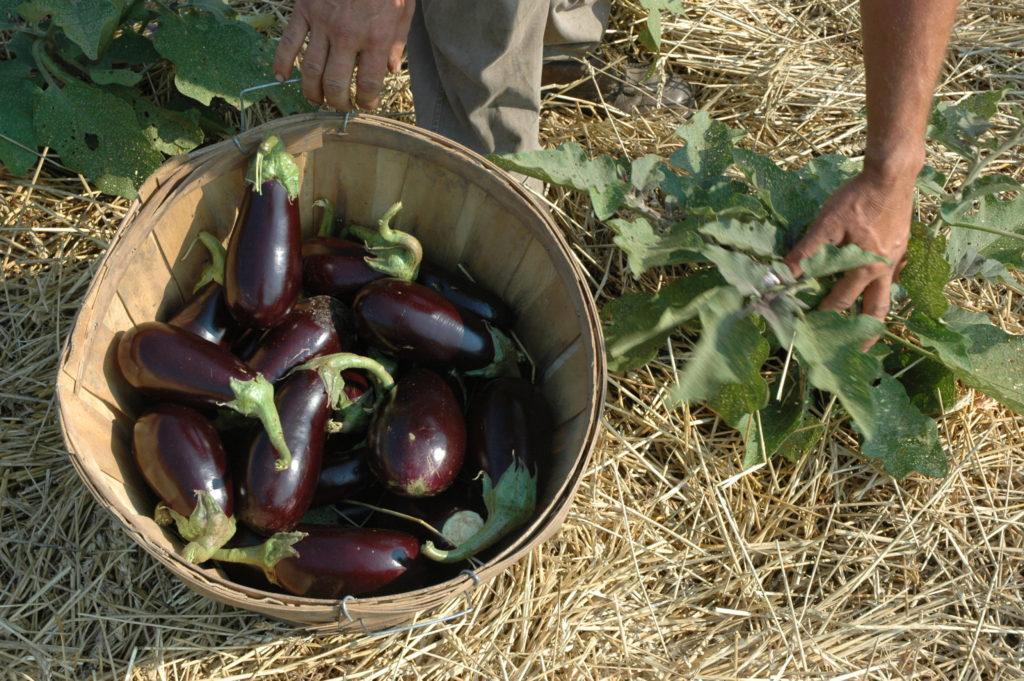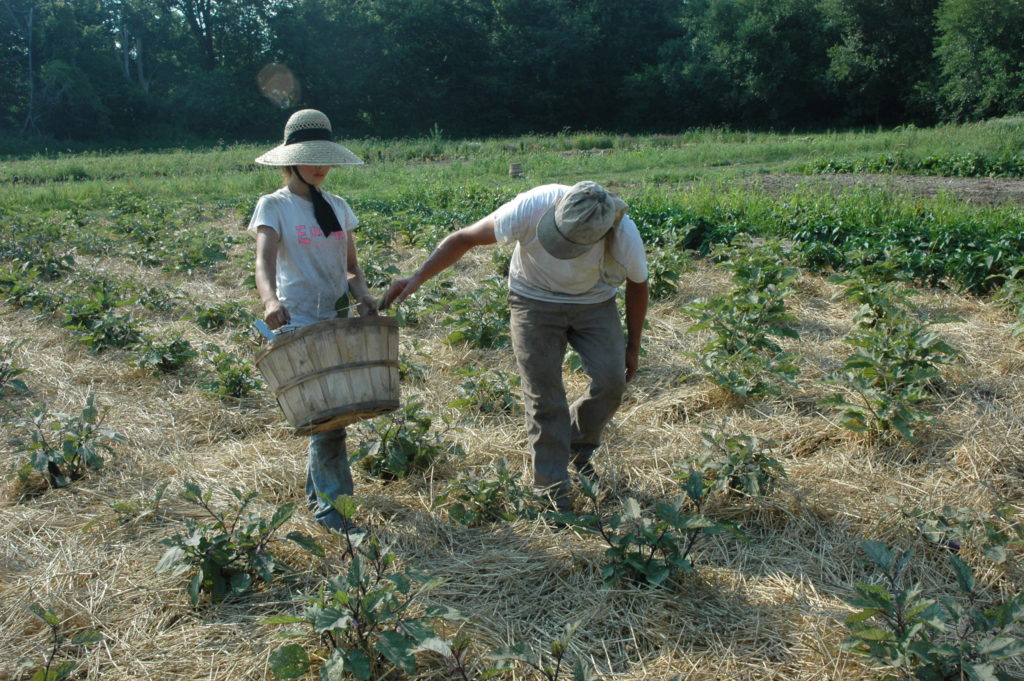
Jun 11, 2020
Grower column: Prepare for climate change now
In 2015 I took a sabbatical in Japan, my wife Hiroko’s home country. I expected to have a year’s rest and come back to my farm and pretty much pick up where I left off. Instead, I found I could no longer ignore that, over my 25-year farming career, my farm in central Illinois had, in effect, slid south about 200 miles due to global climate change.
And I could no longer ignore that the 10,000-year era of gradual and relatively minute fluctuations in the global environment and climate that has existed since the end of the last great Ice Age, and thus since the dawn of agriculture and human civilization, has come to an end. That Earth no longer exists, and will never return.
When I look up the road to the Henry’s Farm of a quarter-century in the future, what I see looks nothing like the Henry’s Farm of today. I encourage you to search out the climate change models for your region, and use them to envision your farm in 2050. Then begin acting today in ways that will ensure you are still growing food and feeding your family and community in that very different world.
A glimpse into the future

Here is what my farm could look like in 2050, just 30 years from now, if I stick to the plan that I started working on immediately upon returning to the farm after my sabbatical year.
Henry’s Farm, Congerville, Illinois: 2050
If you walk down to the rich bottom fields where most of our vegetables for market and CSA were grown, you won’t see many vegetables being grown there anymore. Even though the summers and falls are drier than they used to be, paradoxically the creek floods more often and more violently than it used to because when the rains do come, they come in heavy, intense storms that dump buckets of water on the dry ground in a few minutes. We were losing too much topsoil and having too many crop losses to take the chance of working up the bottom fields anymore.
Even when the creek doesn’t top its banks, sheets of water pour off the hillsides and out of the surrounding ravines, causing erosion if we can’t control the water. We’ve been working on terracing the edges of the fields above the floodplain to catch and hold that water and soil so we can grow crops there.
At the top of the slope, we dug a pond to hold runoff to irrigate the crops on the terraces and water livestock during dry periods. But still, most of our vegetables and grains are now grown in upland fields. Even there, it is difficult. Most of our precipitation now comes in the winter when plants don’t need it, and in the spring, when it interferes with getting crops in the ground.
The flood-prone parts of the bottom fields are in perennial forage crops, and are where we graze our small flocks of cows, horses, goats, and sheep, and harvest hay and small grains. The pasture/hay ground lies between rows of pecan trees, paw paws, hazelnuts and walnuts, berry bushes and other food-bearing trees, shrubs, and brambles that can take a flood now and then. The sod and tree roots hold the soil and even trap silt from flood waters, so we are rebuilding rather than losing soil now.

The farm is more like a homestead than a production farm now, in that our top priority is growing all of our own food rather than earning cash. In addition to vegetables, we raise enough grain (rice, corn and wheat), meat, eggs, nuts and fruits to feed ourselves.
We still sell produce. It is still a cash economy, so we need to make some money. We sure don’t drive to the Chicago area for a weekly farmers market, or even go 30 miles down the road to (Community Supported Agriculture) CSA distribution points anymore. Now we mainly sell to people in our immediate area. We can’t really afford to travel farther than that.
We have a double-peaked growing season now. Planting spikes once in late summer/early fall when we plant lots of cool-season crops for harvest in the fall, clear through the winter and into spring. It still freezes in the winter, but not enough to kill off cold-hardy plants like the brassica family so we can harvest choi, cabbage, broccoli and other greens, and the ground doesn’t really freeze so we can pull carrots, radish, beets and turnips all winter long.
The second planting spike comes in late winter through early spring. Everything goes in four to six weeks earlier than the old days, so we are planting cool-weather spring crops like lettuce, spinach and radish in late December and January and the heat-loving crops like sweet corn, cucumbers, and tomatoes in late March or so.
There are two troughs in the workload, too, one in August when it is so hot and dry that we don’t even try to do much except keep harvesting summer crops like tomatoes, peppers, melons and okra that got well-established earlier in the season. It’s nice to have a lighter workload during the height of summer anyway, since the heat and humidity is truly brutal and it is downright dangerous to spend too much time out in it.
The second trough comes around the winter solstice when the days are so short that even though it is warm enough for crops to grow, there is just not enough sunlight in the day for real growth to actually happen. Our climate may be what the climate was like in Dallas, Texas, in 2020, but our latitude hasn’t changed, so it is harder to grow crops here than in Dallas in the dead of the winter and the heat of the summer, since our shortest winter days are an hour shorter than there and our longest summer days are an hour longer.
We are producing enough electricity through a combination of solar and wind to run the well pump, use some electric lighting, and even run electric vehicles and machines when we absolutely have to. Replacement batteries and other components for our photovoltaic system are getting harder to come by, so we continue to try to cut our electricity usage.
We continue to experiment with producing our own biofuels from biomass and with waste digesters, but believe me, when you have to make fuel yourself, you think long and hard before you burn even a drop of it. We have converted completely to no-till, so we don’t need tractors or fuel to turn the soil or cultivate crops. We use draft animals to make hay and pull wagons and such.
All in all, we are getting along fine, certainly better than most in this country and around the world. This is partly because we started preparing earlier, partly because we were pretty self-sufficient to start with, and partly because we didn’t have a heavily materialistic or high-energy-dependent lifestyle or farming system to start with. But mostly, we are doing ok because we refused to entrench ourselves in denial or false optimism and got busy adapting to the changed climate.
So, that is one possible future for my farm and for us here in central Illinois, and is based on us continuing to adapt and prepare for 2050 and beyond. Of course, predictions of the future with this level of granularity are notoriously difficult. If I had to hazard a guess, I’d say that climate change and its effects are more likely to come faster and be harsher than what models currently predict.
The one thing that I am absolutely sure of is that it is crucial to get started now. I wish I had started 30 years ago. It’s like that Chinese proverb:
When is the best time to plant a tree?
Thirty years ago.
When is the next best time?
Today.
Above, Henry Brockman speaks during his annual farm tour. Between 100 and 200 CSA members and Evanston farmer’s market customers (and their families) attend each year. Photo: Ines Sommer






